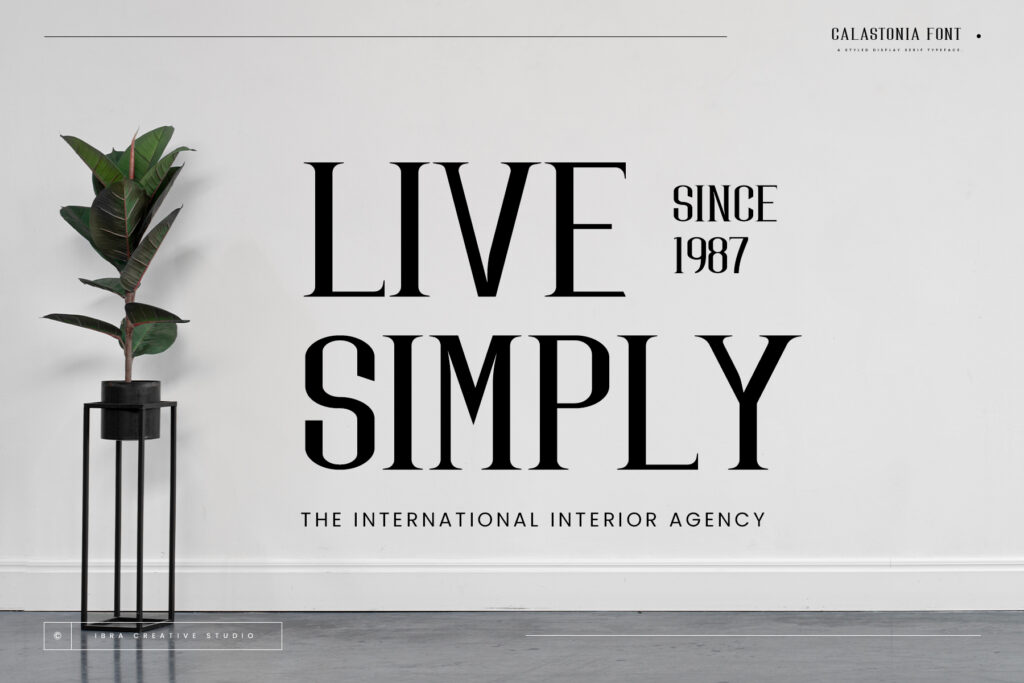Typography is a cornerstone of web design, capable of transforming a website from ordinary to extraordinary. In this article, we’ll delve into the art of typography, offering expert tips and techniques to help you harness the power of fonts and craft stunning web designs that captivate your audience and elevate your brand.
Prioritize Readability:

The primary goal of typography on the web is to ensure readability. Choose fonts that are easy to read on screens of all sizes, with clear letterforms and ample spacing between characters. Avoid overly decorative or elaborate fonts that may hinder readability, opting instead for simple and legible typefaces that enhance the user experience.
Establish Visual Hierarchy:

Typography plays a crucial role in establishing visual hierarchy and guiding users through your website’s content. Use different font sizes, weights, and styles to differentiate headings, subheadings, body text, and other elements. By creating clear visual cues, you can improve the organization and readability of your website, making it easier for users to navigate and engage with your content.
Experiment with Font Pairings:

One of the joys of typography is exploring different font pairings to create dynamic and visually appealing designs. Experiment with combining serif and sans-serif fonts, contrasting styles, and complementary typefaces to add visual interest and personality to your website. Be mindful of cohesion and consistency, ensuring that your font pairings align with your brand’s identity and messaging.
Use White Space Effectively:

Whitespace, or negative space, is a powerful design element that can enhance the readability and aesthetics of your website. Allow sufficient spacing between text elements, paragraphs, and sections to create breathing room and improve visual clarity. Strategic use of whitespace can draw attention to important content, improve legibility, and create a sense of elegance and sophistication in your designs.
Optimize for Responsive Design:
In today’s multi-device world, responsive design is essential for ensuring a seamless user experience across desktops, laptops, tablets, and smartphones. Choose fonts that scale gracefully across different screen sizes and resolutions, maintaining readability and aesthetics on all devices. Test your typography choices rigorously across various devices and screen orientations to ensure consistency and usability.
Pay Attention to Branding:

Typography plays a crucial role in brand identity, helping to convey your brand’s personality, values, and aesthetic. Choose fonts that align with your brand’s identity and messaging, reflecting its unique characteristics and positioning. Whether you’re aiming for a modern and minimalist look or a playful and whimsical feel, your typography choices should reinforce your brand’s identity and resonate with your target audience.
Conclusion:
Typography is a powerful design tool that can elevate your website from good to great. By prioritizing readability, establishing visual hierarchy, experimenting with font pairings, and optimizing for responsive design, you can create stunning web designs that captivate your audience and leave a lasting impression.
Quote:
“Typography is the craft of arranging type to make written language legible, readable, and appealing when displayed.” – Wikipedia
Explore More Fonts
